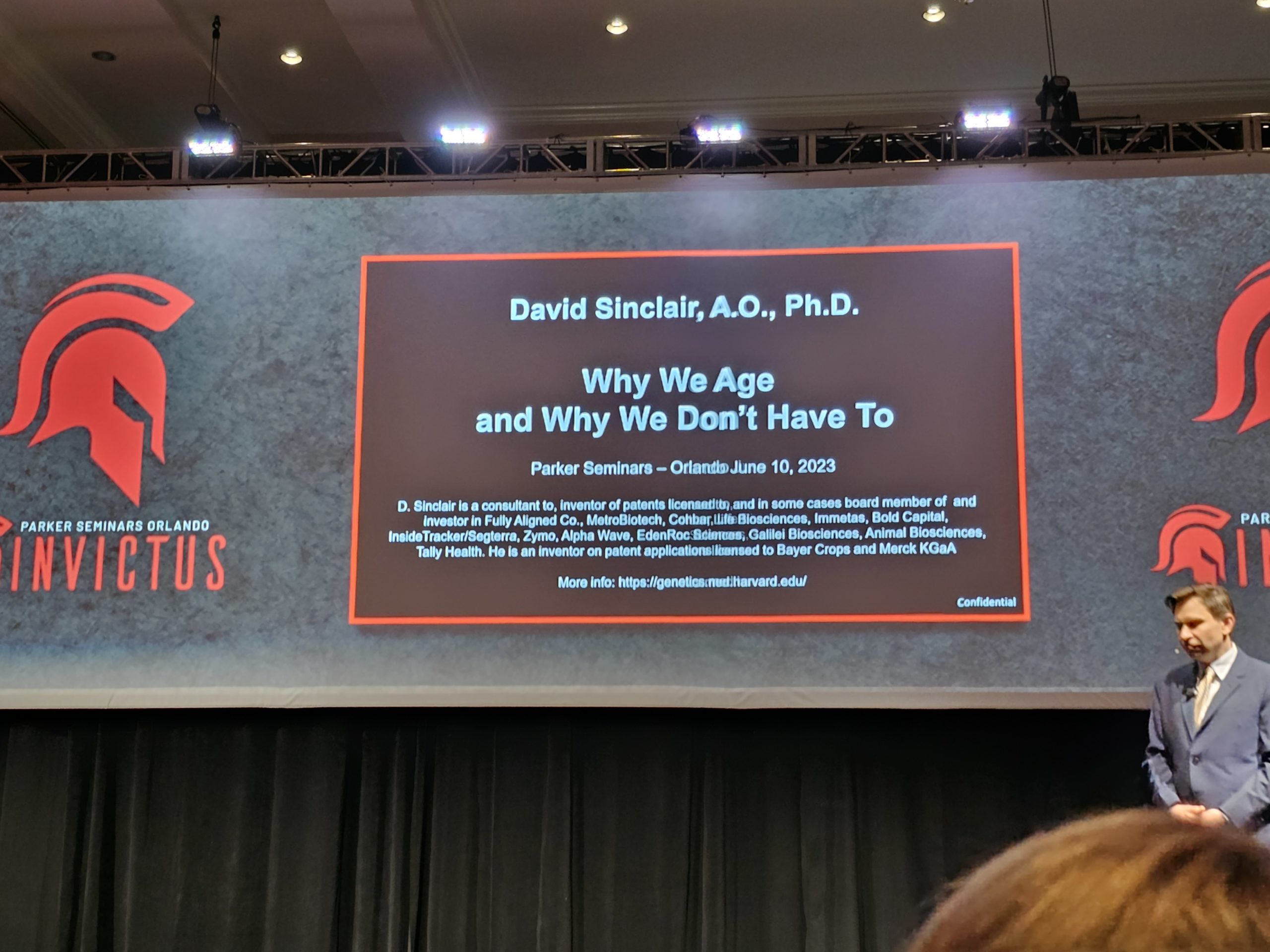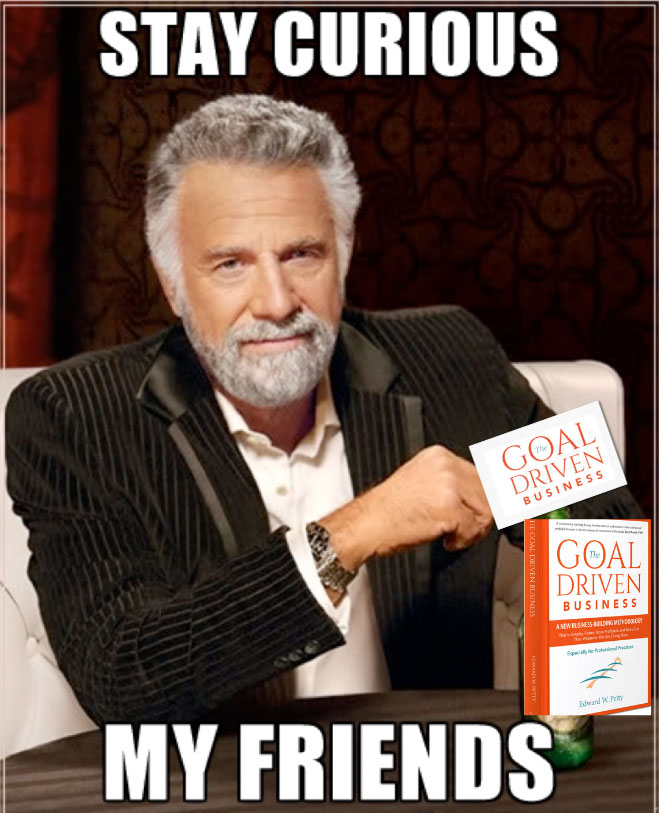
Improving productivity through greater engagement.
I try to base all my practice and business recommendations on observations I have had and also on the research from those of others.
Dave Michel and I have an advantage: we are not doctors and therefore are not biased on any particular type of clinical practice. We are managers and not doctors, so we don’t advise that you do it “our way.” We look for what works and what is best for the patient, the practice, and the owner.
After viewing hundreds of practices, I distilled down the essential elements of what we saw that were most effective and least effective. I then integrated research from other business scientists and laid out a simple growth and practice development plan that was not based on any one doctor’s personality.
Jim Collins is one researcher whose information we incorporated into our work, Eliyahu Goldratt, Stephen Covey, and scores of others, including Michael Gerber.
MICHAEL GERBER
Gerber’s book, The E-Myth, states that, from his experience as a business consultant, people who start a business have three roles: the entrepreneur, the technician, and the manager. By his definition, the technician would be the doctor or health care provider who would also have the role of business owner or entrepreneur.
Most doctors focus on being doctors and making a living as business owners or entrepreneurs.
The manager role is short-changed. It is a difficult role to fulfill as who has time to manage and see a full load of patients. You are paid for providing service… not for managing. Right?
In a practice, the “manager” is really the CEO, or Clinic Director — whatever term you care to use.
This role breaks down into three major functions, all supporting the delivery of clinical services and generating income for the practice and business. These three functions are:
- Leadership
- Management
- Marketing
A good portion of these functions can be delegated using the Goal Driven System, as discussed in the book, The Goal Driven Business.
I want to zero in on leadership.
LEADERSHIP
Gallup states that it has done extraordinarily comprehensive and long-term studies on leadership. They report, “The most effective leaders rally a broad group of people toward an organization’s goals, mission and objectives. They lead. People follow.”
In their studies, they have found that people need or seek the following from their leaders:
-
-
-
-
- Trust
- Compassion
- Stability
- Hope
-
-
-
This is what your team wants from you as their employer and Clinic Director.
One of the biggest challenges in all offices is a support team that loses its motivation and is no longer engaged. If you can develop these 4 feelings in your team, their motivation and production will improve.
The big challenge, which is not usually resolved in most practices, is how to be an effective leader and take care of a full caseload of patients.
MANAGEMENT
This is where the function of management comes into play.
The function of management is THE lever, THE Leverage Point (Principle 13 in The Goal Driven Business), that allows leadership to function and a practice to reach its full potential.
I will reveal new information about this next week, but for now, consider the 4 needs employees seek from you as their employer. Write them down on a piece of paper and consider them your goals in your role of Clinic Director.
Seize the Future through Trust, Compassion, Stability, and Hope.
Till next week,
Ed
Strengths Based Leadership – Gallup, 2008
E-Myth Revisited, Michael Gerber
























